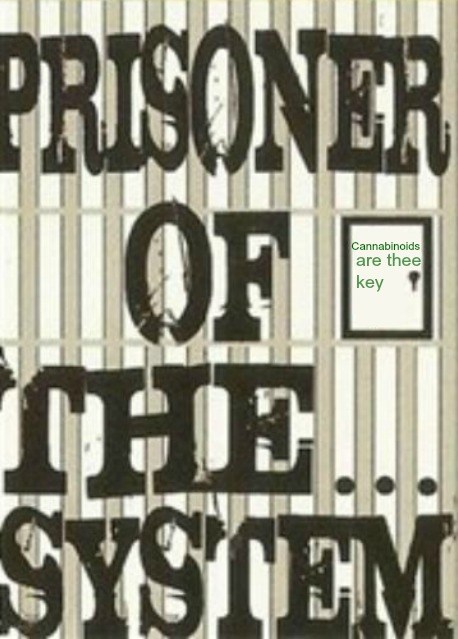Quantification of selected synthetic cannabinoids and Δ9-tetrahydrocannabinol in oral fluid by liquid chromatography-tandem mass spectrometry.
Source
Servicio de Toxicología Forense, Instituto de Ciencias Forenses, Universidad de Santiago de Compostela, San Francisco s/n, 15782 Santiago de Compostela, Spain; Departamento de I+D, Cienytech, S.L. C/Xosé Chao Rego, 10-Bajo, 15705 Santiago de Compostela, Spain. Electronic address: ana.decastro@usc.es.
Abstract
An LC-MS/MS method for the quantification of the synthetic cannabinoids JWH-200, JWH-250, JWH-073, JWH-018, HU-211, CP 47,497 and CP 47,497-C8, and THC in oral fluid was developed and validated. Samples (0.5mL) were extracted using Strata X cartridges (Phenomenex). Chromatographic separation was achieved with a Sunfire™ IS column (20×2.1mm, 3.5μm) (Waters Corp.), with formic acid 0.1% and acetonitrile as mobile phase. A different chromatographic gradient was applied for the separation of the analytes depending on the ionization mode employed, with a total chromatographic run of 14min. Detection was performed in a Quattro Micro™ API ESCI (Waters Corp.), using electrospray in the positive mode (ESI+) for JWH-200, JWH-250, JWH-073, JWH-018 and THC, and ESI- for HU-211, CP 47,497, and CP 47,497-C8. Validation of the method included the assessment of selectivity, linearity (0.1-2.5 to 200ng/mL), limits of detection (0.025-1ng/mL) and quantification (0.1-2.5ng/mL), imprecision (%CV≤14.4%), accuracy (91.8-109.7% of target concentration), extraction recovery (65.4-105.6%) and Quantisal recovery (56.1-66.7%), and matrix effect (neat oral fluid: -56.0% to 38.5%; oral fluid in Quantisal buffer: -15.1% to -71.7%). The application of this method to oral fluid samples from roadside testing will provide unique information on the use of these new synthetic drugs by Spanish drivers.
Copyright © 2013 Elsevier B.V. All rights reserved.
Copyright © 2013 Elsevier B.V. All rights reserved.


